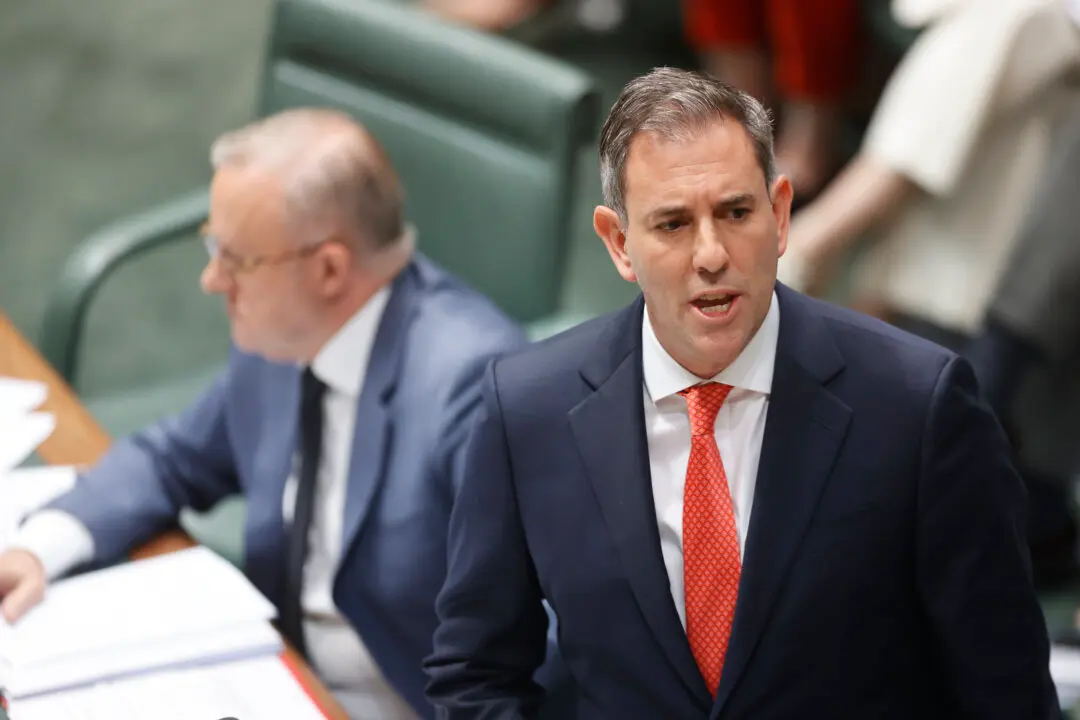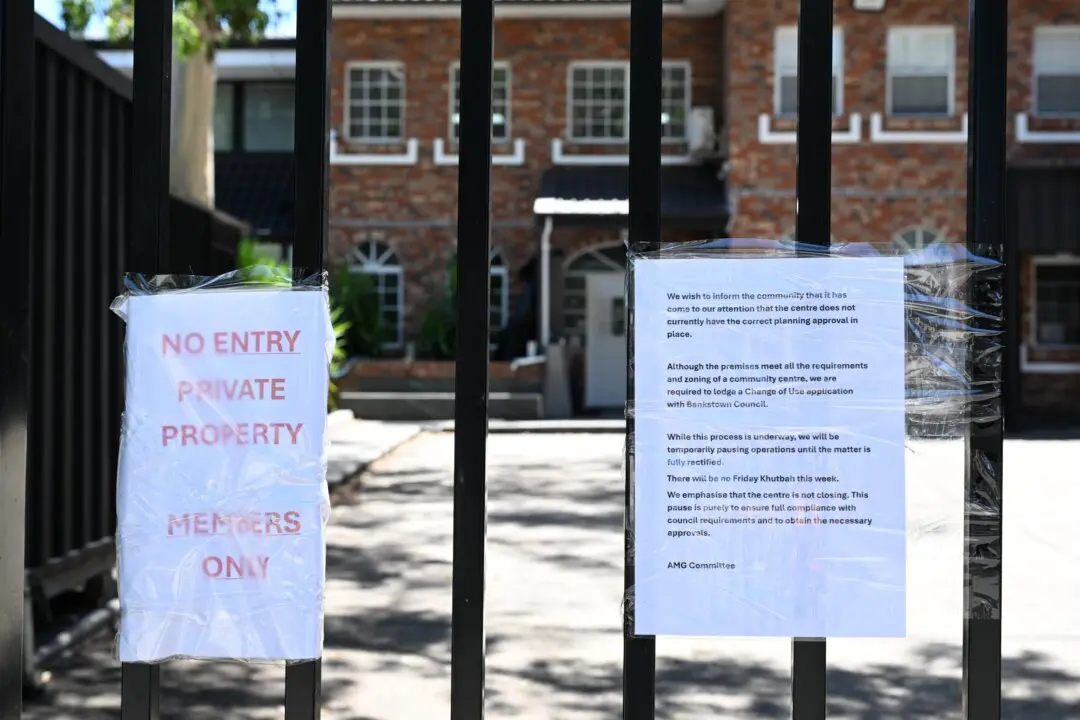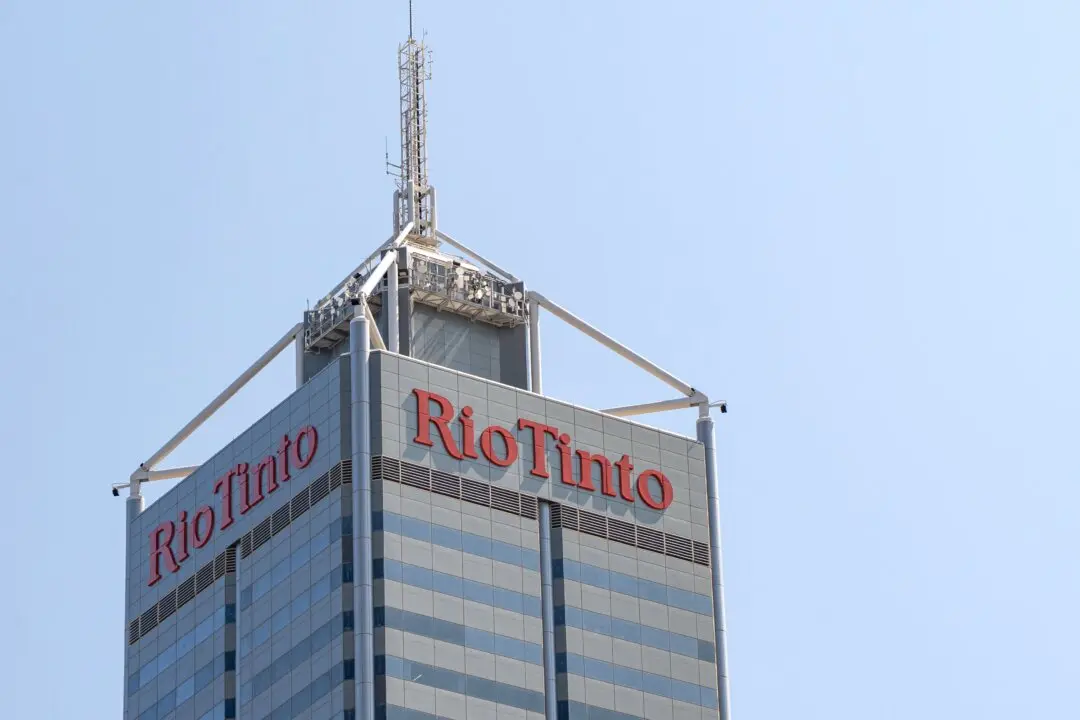The Reserve Bank of Australia (RBA) remains uncertain as to when inflation will return within the accepted range, and thus some relief for mortgage payers may be likely.
Speaking to Australian Business Economists (ABE) on Feb. 13, the Bank’s Head of Economic Analysis Marion Kohler said inflation was still high, “but it has been coming down, and at a slightly faster rate than our forecasts three months ago.”





